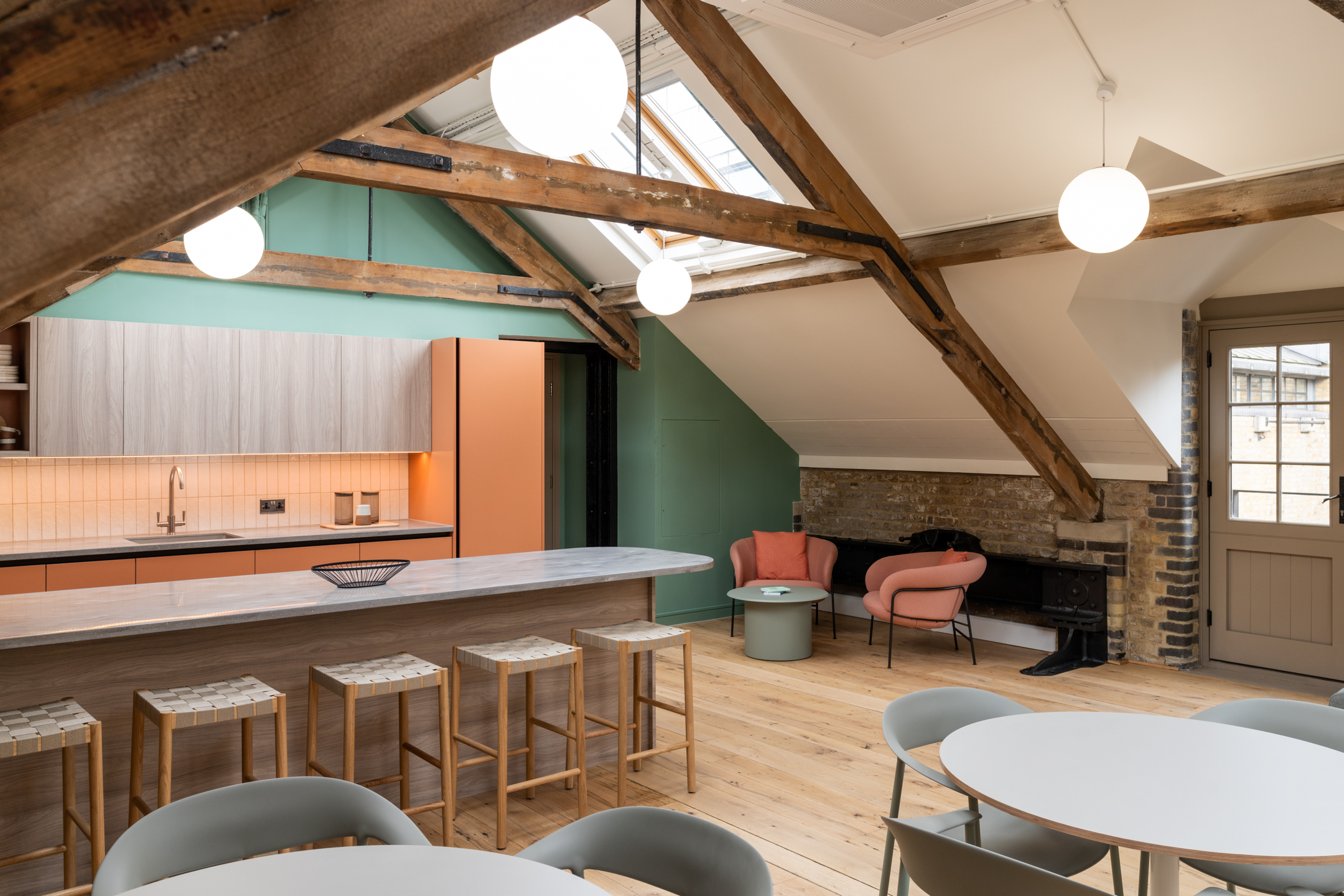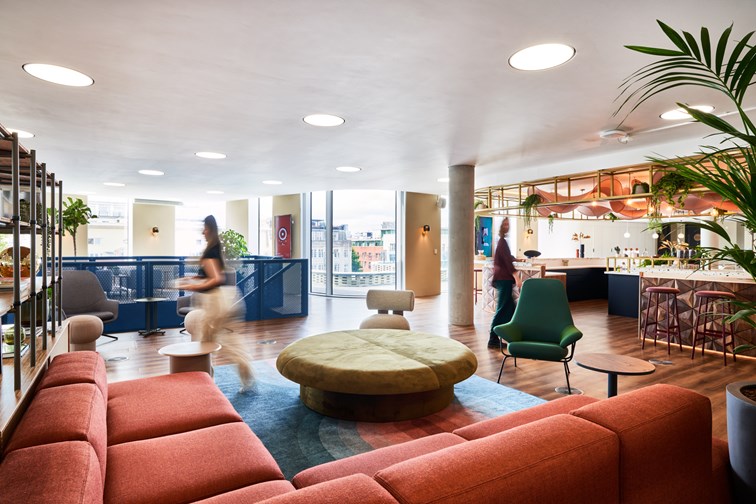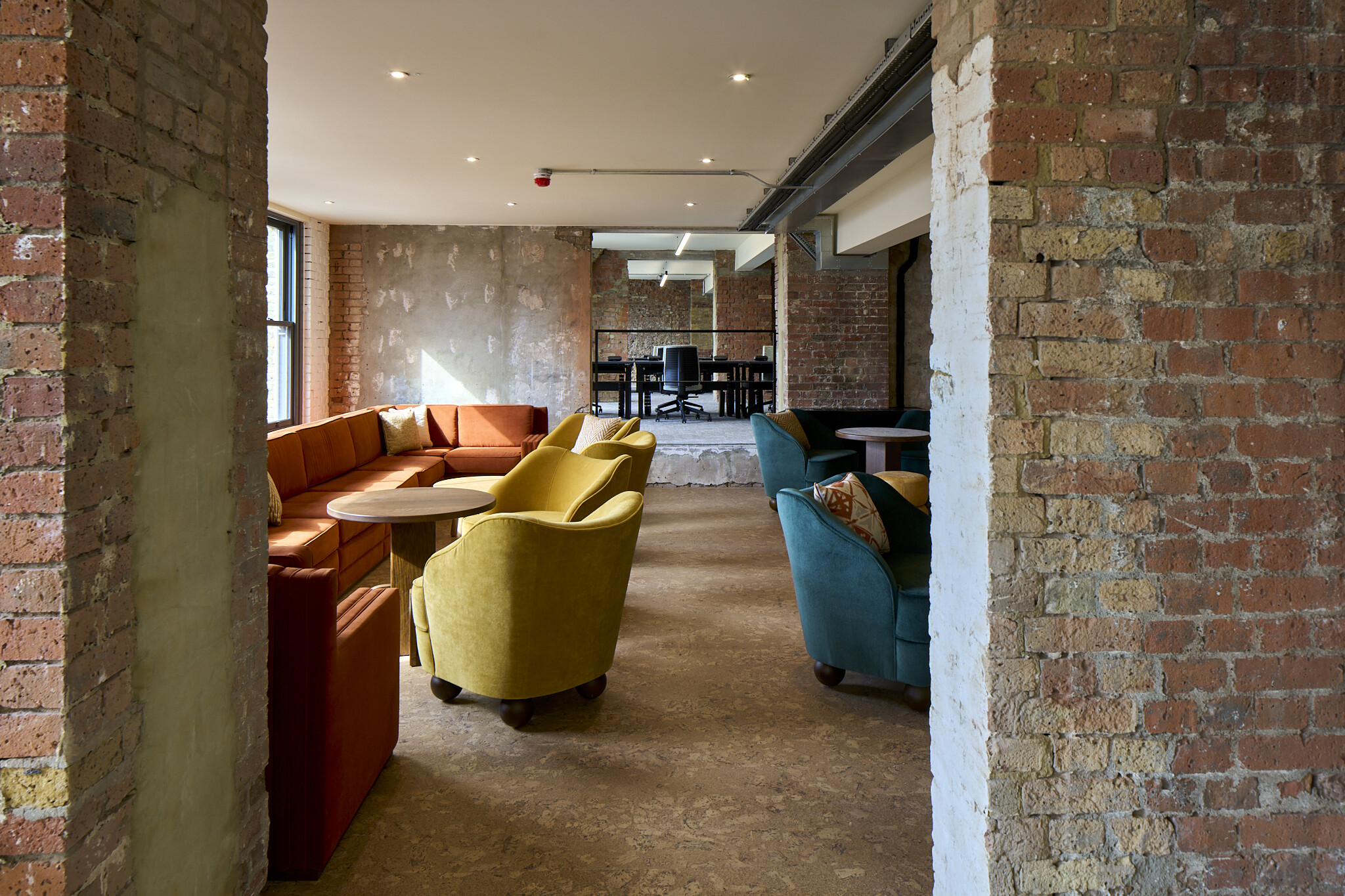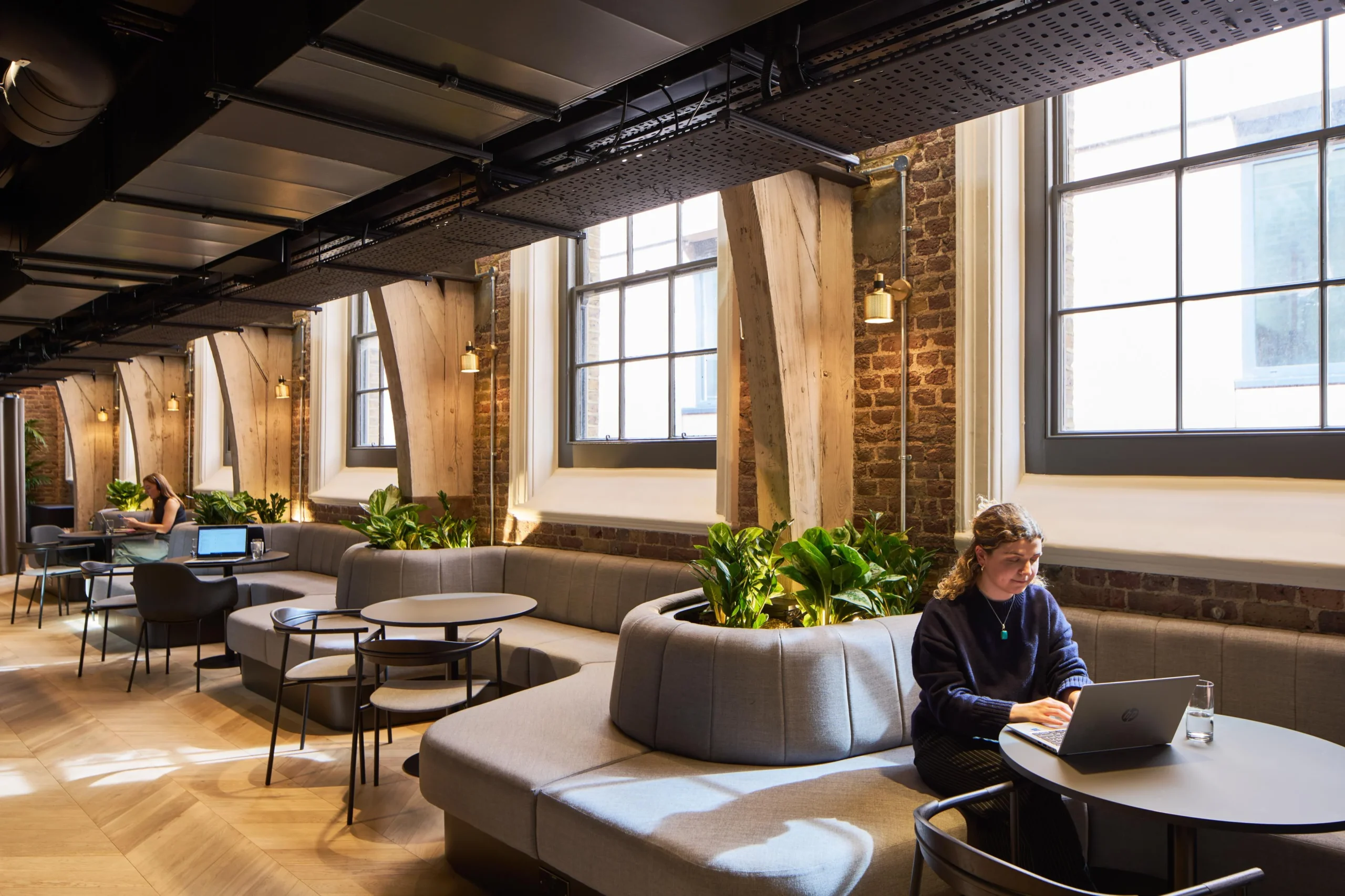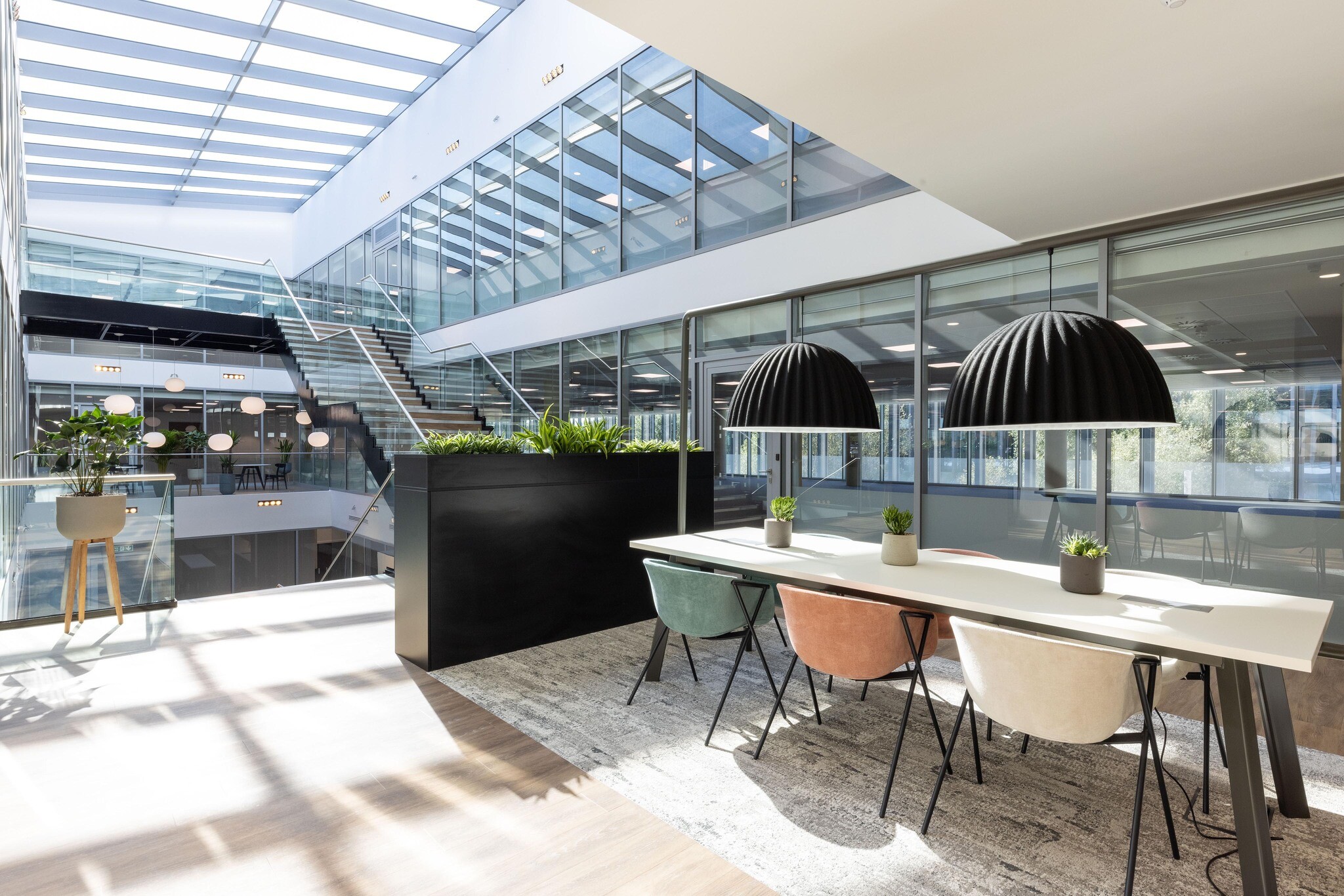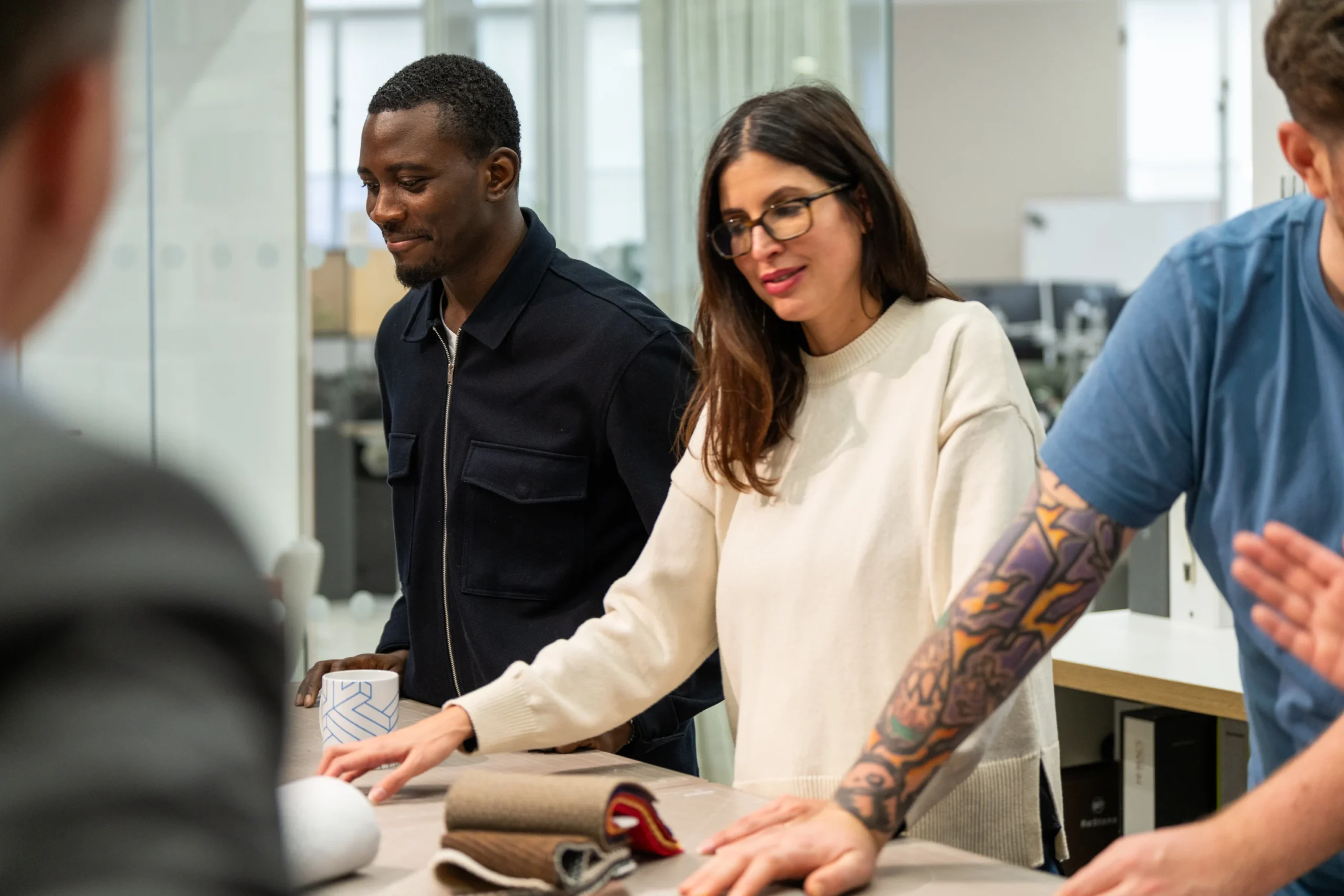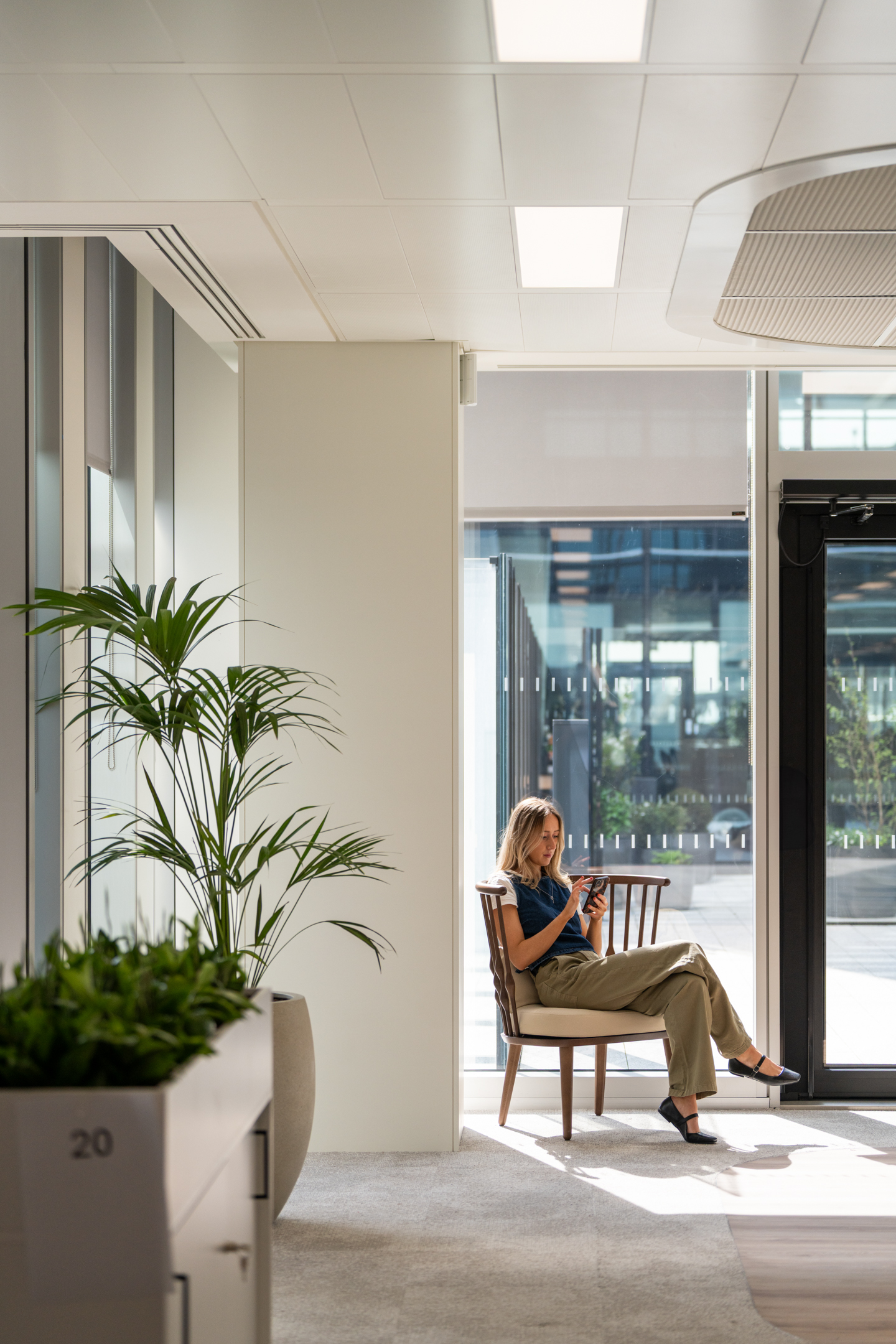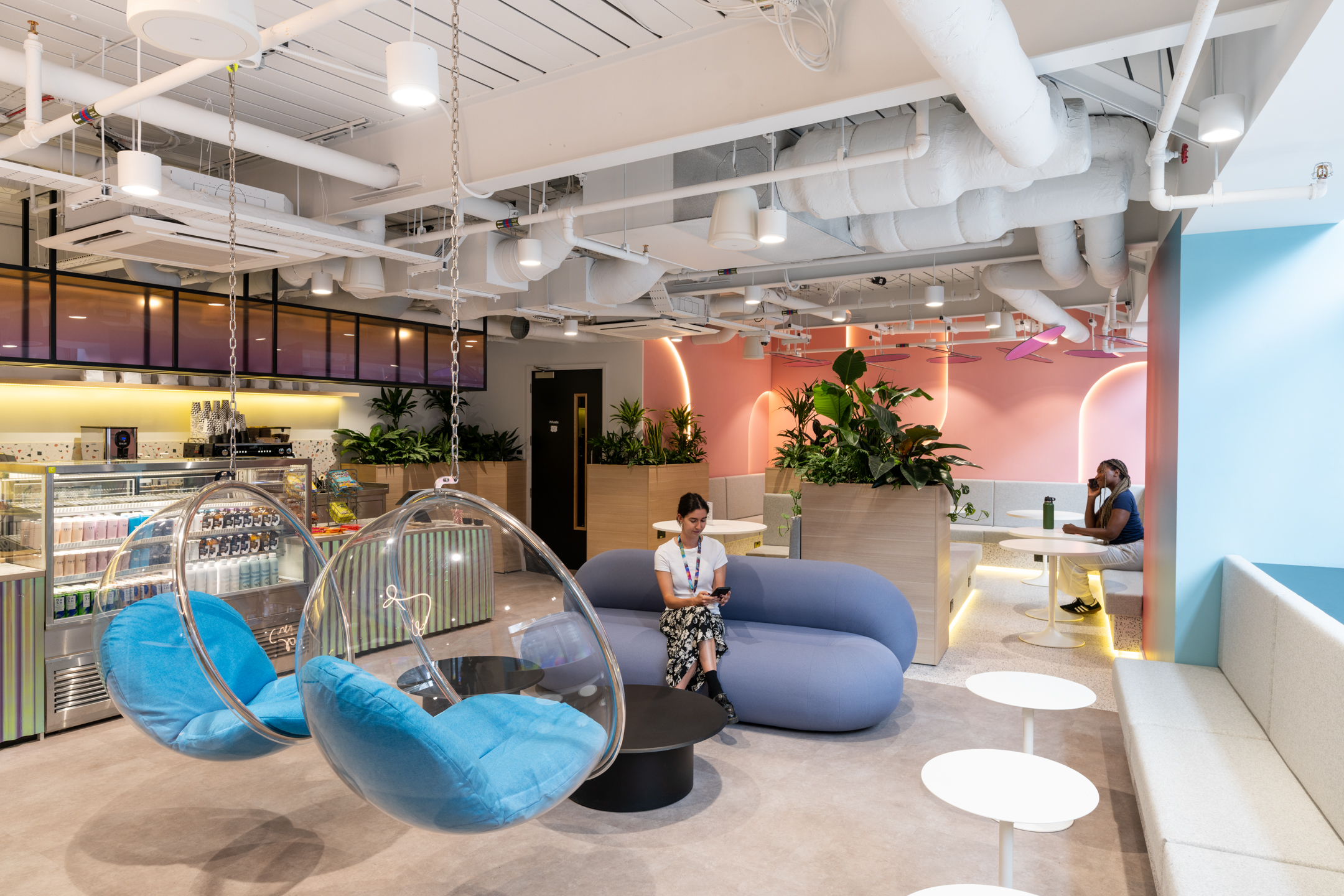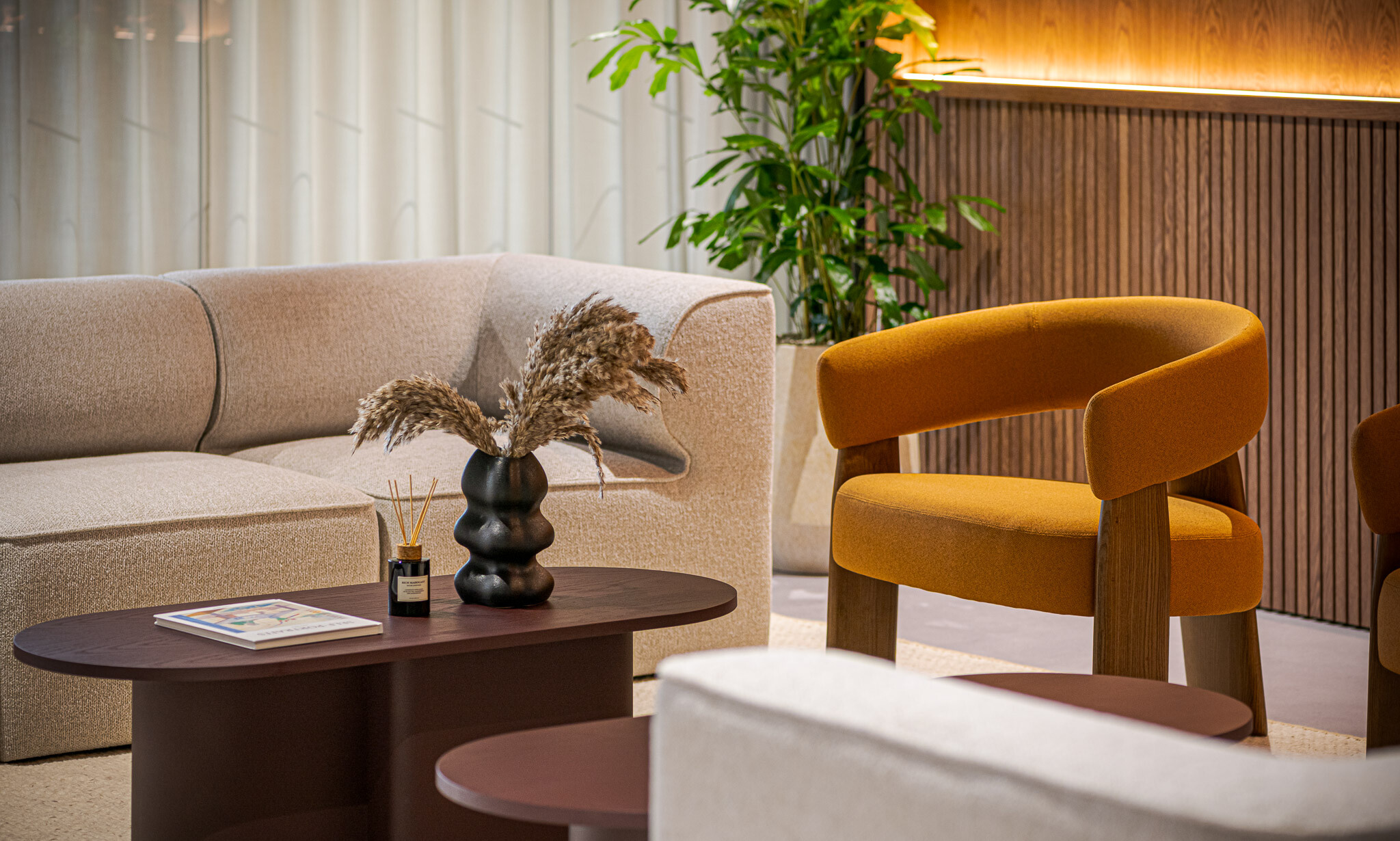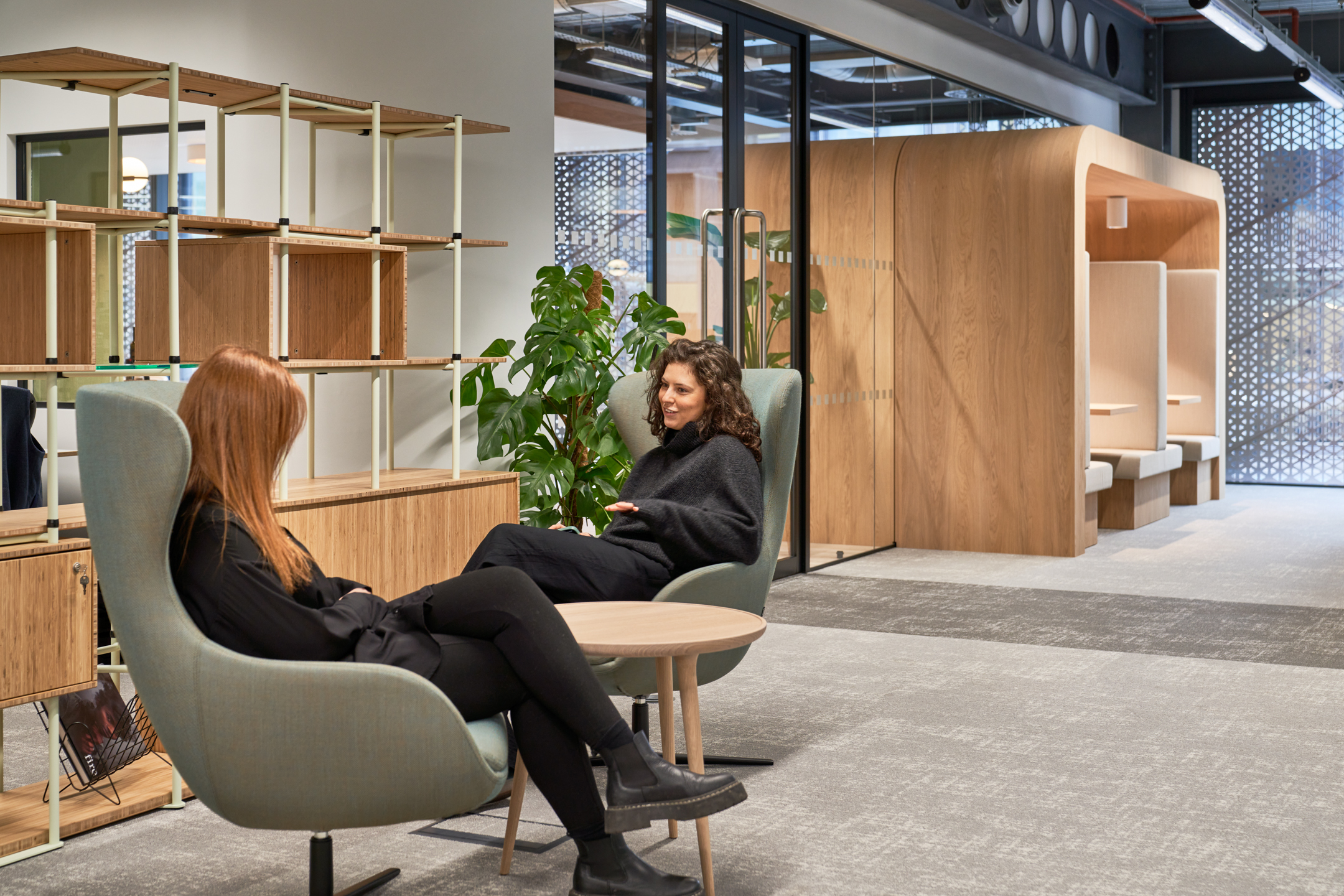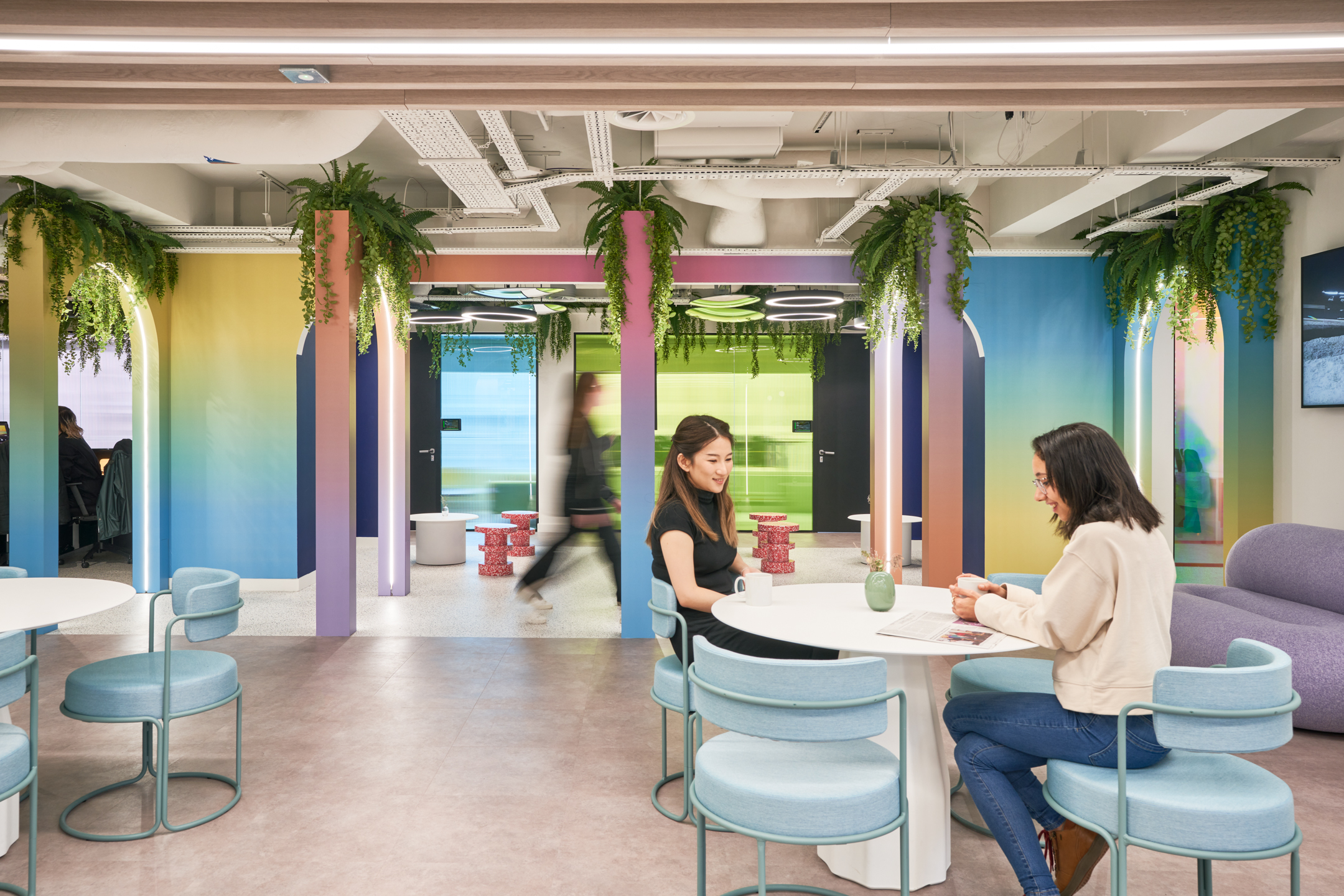Sustainable Materials for Furniture in the Workplace
Sustainable materials for furniture are changing the way workplaces are designed, often in ways you wouldn’t notice at first glance. The ergonomic chair you sit on every day might look ordinary, but what if its cushioning was grown from mushroom-based composites instead of petroleum-based foam? Or if the sofa in a breakout space used seaweed-based foam engineered to naturally degrade within months of you discarding it? What if the desk you worked at was built from hemp boards as strong as traditional laminates but produced with a fraction of the energy? Or if the surface of your table was finished with a resin made from agricultural by-products rather than petrochemicals? Would you notice the difference, or would it feel like the furniture you’re used to?
This is the new reality of sustainable materials for furniture, materials that stretch far beyond the usual conversations about certifications or energy ratings. They determine how long furniture lasts, how healthy it is to use, and what happens when it reaches the end of its life. Here’s our view on the most interesting material developments in workplace furniture, and what’s likely to shape the industry over the next five years.
Growing the Bio-Based Alternatives
Timber remains the classic sustainable option when responsibly sourced, but the next wave of sustainable materials for furniture looks to biology for more innovative solutions. Mushroom mycelium is being developed to replace petroleum-based foam and structural components, with Aifunghi producing the first mycelium dining chair to meet commercial standards and withstand 30 years of use. Algae-based foams are emerging in upholstery, with firms like Agoprene creating 100% biodegradable seaweed-based foam that degrades within eight months of discarding it.
Lightweight, durable, renewable, and often compostable, these bio-based sustainable materials for furniture have moved beyond prototypes. Mycelium makers produce over 1,000 pieces annually, and algae foams are scaling into larger facilities. The question is no longer if they work, but whether production can scale fast enough to meet demand for truly sustainable alternatives.
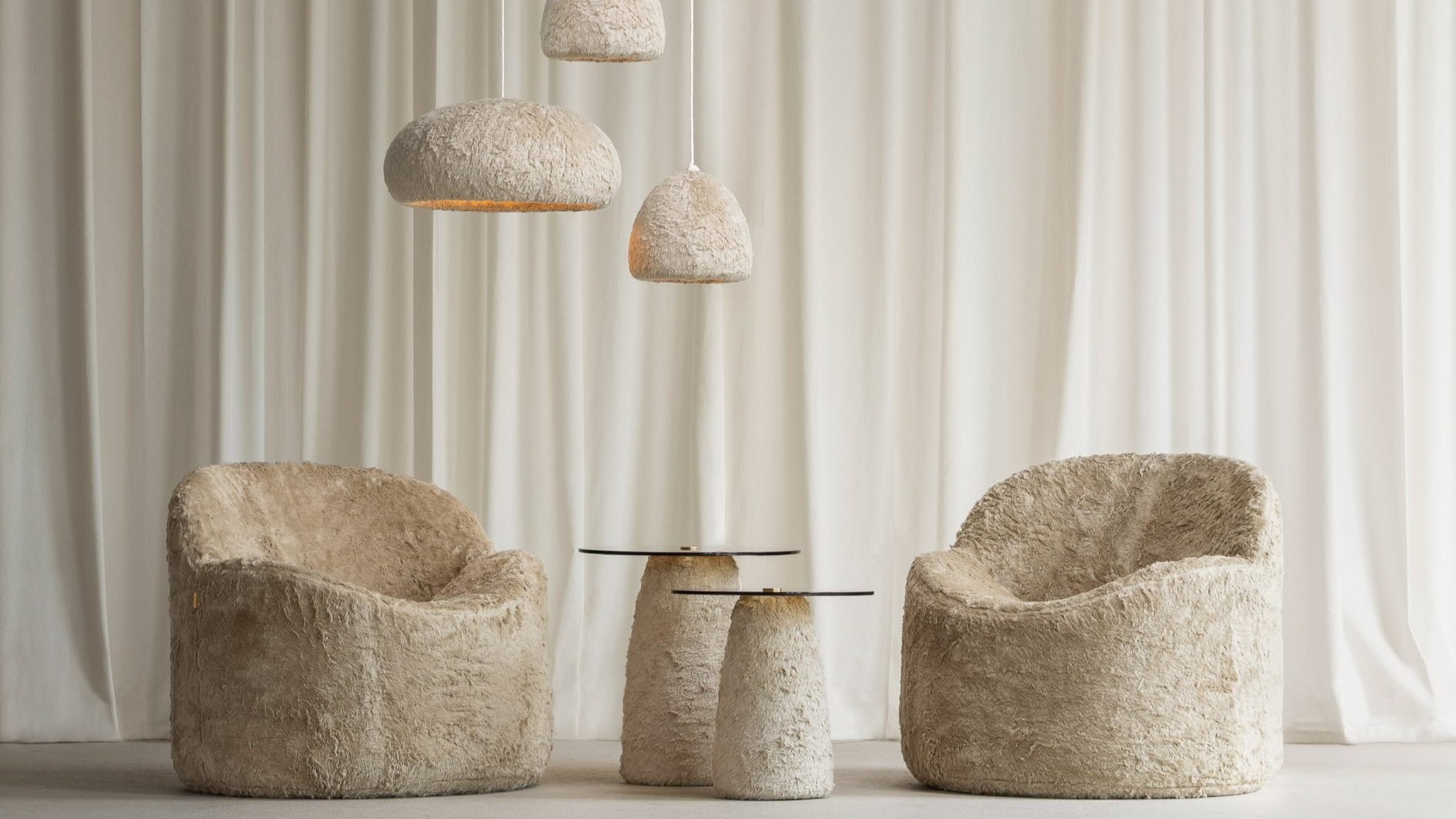
From Fields to Furniture
Hemp is emerging as one of the most versatile sustainable materials for furniture, producing panels and boards that rival traditional laminates in strength while requiring far less energy to manufacture. Trials show hemp-based boards performing on par with standard P2 furniture boards, and production is now scaling from laboratories to semi-industrial facilities.
Alongside hemp, bio-resins created from agricultural by-products are beginning to replace petrochemical coatings. These resins provide durable finishes that meet the practical demands of the workplace while cutting reliance on fossil-based ingredients. Together, these innovations show how agricultural resources can be reimagined as high-performance materials, transforming what was once waste into furniture designed to last.
Reimagining the Old
Recycled materials are not new, but their quality has improved dramatically. Post-consumer plastics that once felt rough or inconsistent are now being processed into smooth, durable finishes for chairs, tables, and acoustic products. Recycled aluminium and steel are increasingly indistinguishable from their virgin counterparts, and many manufacturers are setting minimum recycled content thresholds across entire product ranges.
Framery’s approach is a good example of where the industry is heading. Steel production accounts for around 7% of global CO₂ emissions, so finding alternatives has real weight. Their pods already incorporate recycled aluminium and steel, materials that can be reused almost indefinitely without losing quality, and the company has committed to adopting fossil-free steel from 2026. The target is ambitious, aiming to halve emissions per pod by 2028, but it points to a wider shift: low-carbon metals are moving from a talking point to a practical reality in workplace furniture.
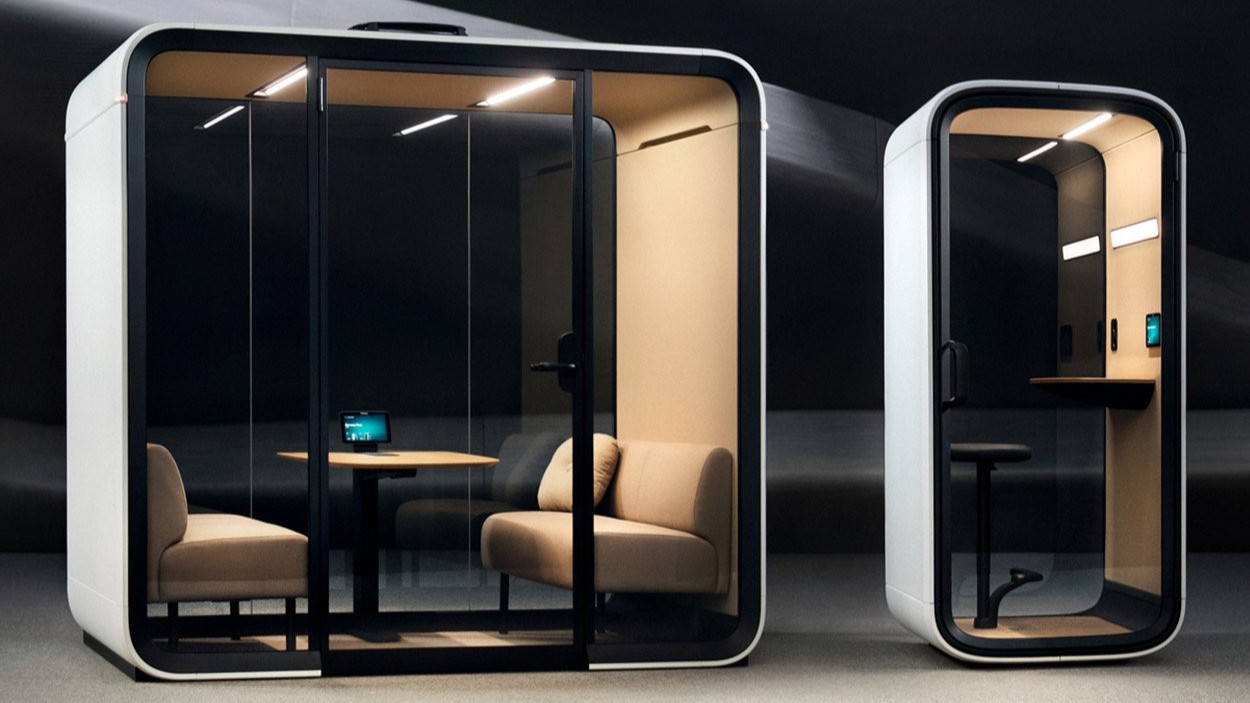
Traceability and Transparency
Perhaps the biggest change in furniture sustainability today is how we track the materials through their lifecycle. Digital product passports (DPPs), QR codes, and blockchain-backed certificates are fast becoming standard practice. These digital records provide clients with verified, machine-readable information on every chair, desk, and partition, including origin details, material composition, environmental impact, and end-of-life options, such as repair, reuse, or recycling.
In the UK, industry leaders and suppliers have already begun piloting digital product passports, positioning themselves ahead of regulatory requirements and setting benchmarks for data accuracy and traceability within the furniture supply chain. Although the UK is currently navigating its approach post-Brexit, alignment with EU standards around DPPs remains strong, and industry groups like Make UK are actively preparing manufacturers for this transition. This shift is expected to become a standard requirement across markets within a few years, fundamentally changing how furniture is manufactured, procured, and managed throughout its lifecycle.
More Than Meets the Eye
Furniture is the most tactile element of a workplace. Employees touch it, use it, and notice it every day. When sustainable materials for furniture are durable and well-designed, they become a visible expression of a company’s values. We believe the consultancy role is to cut through the noise, guiding you towards material choices that are future-proof, authentic, and aligned with how you want your workplace to perform.

